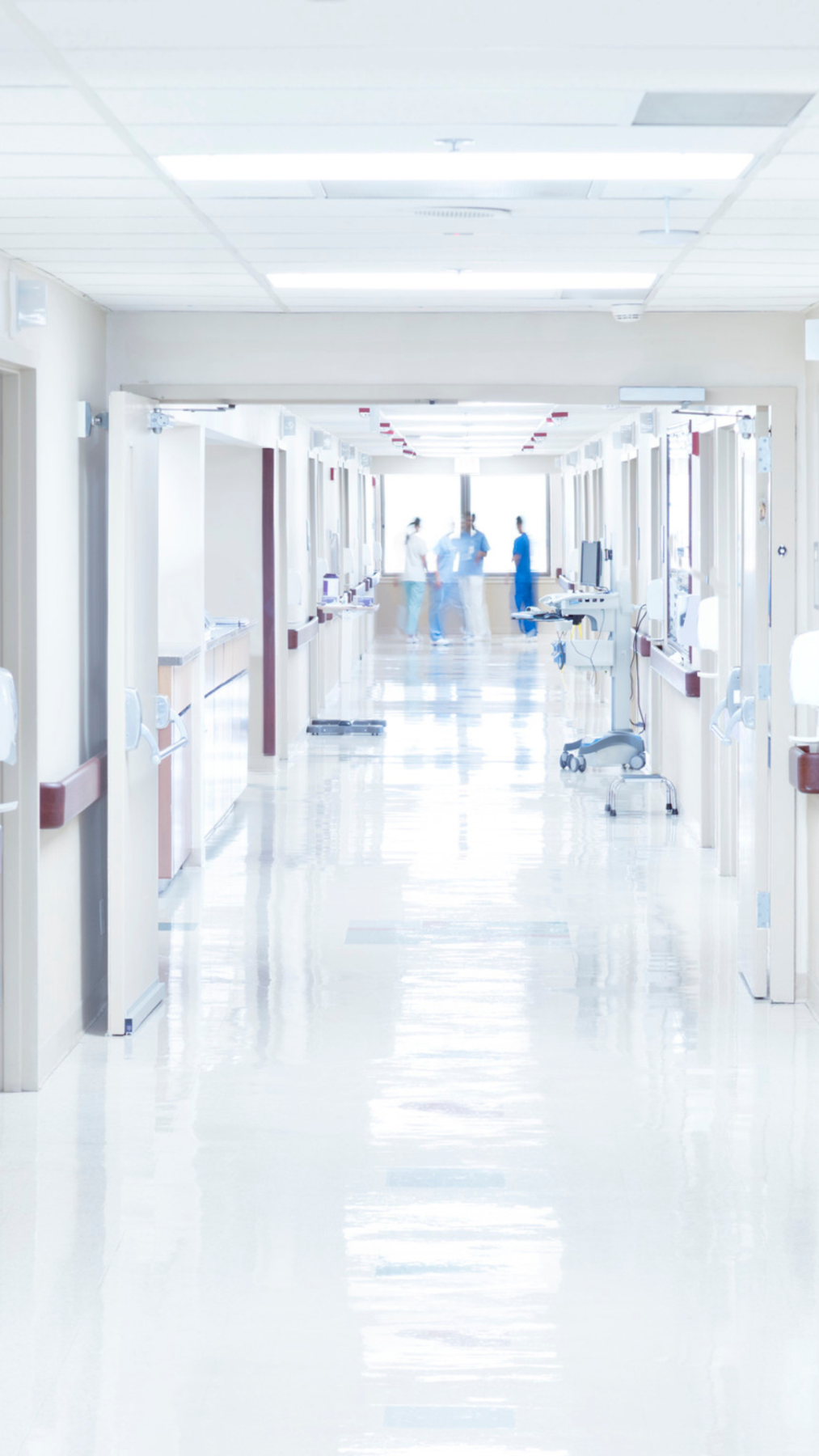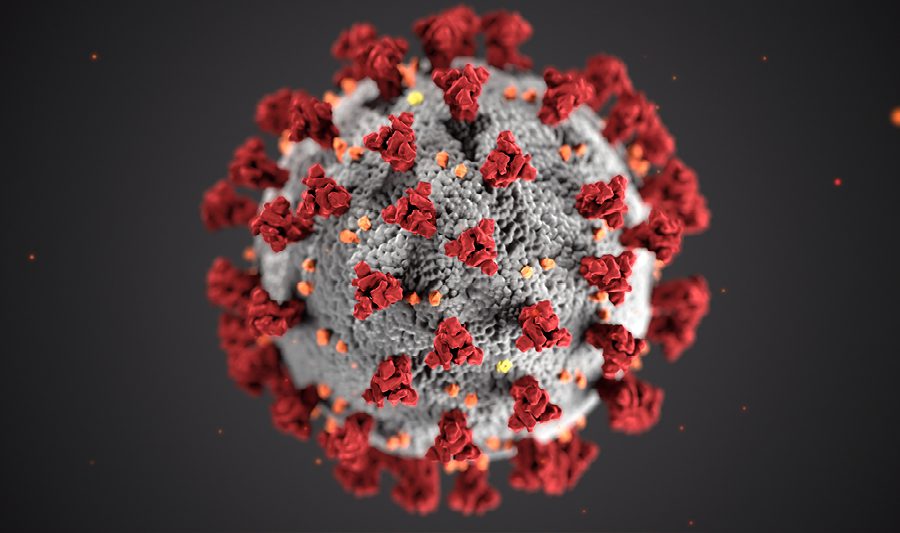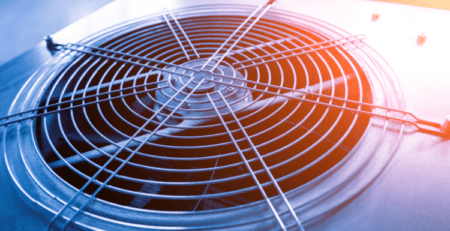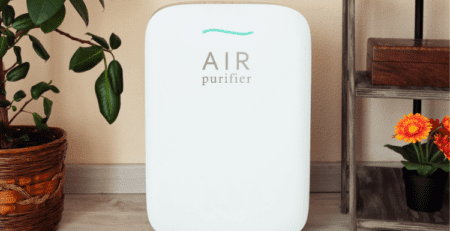Non-dispersive Infrared (NDIR) CO2 Monitors
Indoor Air Quality Monitors & Senors for CO2

Carbon Dioxide (CO₂) at room temperature, is a colourless and odourless gas which, when concentrations build high enough, can cause employees and visitors in your buildings to become ill. Therefore, regular CO2 testing is vital in creating a safe working environment.
The legal limit of CO2 concentration in an indoor setting is 5000 parts per million (ppm), however, this is well above the concentration needed to be able to feel the effects of the gas.
Even at around 1000 ppm, a loss of decision making is apparent in the workforce.
Why Utilise NDIR Sesors?
A non-dispersive infrared carbon dioxide sensor is an instrument that assesses the amount of carbon dioxide in the air. It’s often used to measure the amount of carbon dioxide in a space and ascertain whether it’s adequately ventilated. A CO2 concentration greater than 1500 ppm is a sign that the air isn’t being adequately ventilated, and one should pay attention to improving ventilation.
The spread of airborne viruses, like the coronavirus, can be minimised if there is a low carbon dioxide level in the air.
Ventilation Specialists
CO2 sensors are a great way to know whether your ventilation systems are doing their jobs. If you happen to see decreasing CO2 levels, it’s a sign that your systems are working. To keep things running smoothly and prevent problems from developing, it’s generally a good idea to get ventilation specialists, such as ourselves, in and check up on your systems every once in a while.
How Do Non-dispersive Infrared (NDIR) CO2 Monitors Work?
NDIR sensors, or nondispersive infrared, is a general term for the most common type of CO2 sensor — which measures carbon dioxide, or CO2.
An infrared (IR) light source directs waves of light through a tube filled with air. As the air moves forward, it passes in front of an IR light detector. The detector follows the amount of IR light as it passes through the tube — this is done via a pair of IR photodiodes.
The IR light produced by the lamp closely matches the 4.26-micron absorption band of CO2. As a result, infrared light shines on the CO2 molecules and they absorb it. This creates a very unique IR spectrum that is used to identify the gas as CO2 — like a fingerprint!
As we drive the IR light through the CO2 detector tube, the gas molecules take on a specific band of IR light and let other bands of IR light pass through. This data gets captured by spectroscopy technology that lets us eliminate other wavelengths and read only for the wavelengths absorbed by CO2 molecules.
Finally, an IR detector reads the remaining amount of light that was not absorbed by the CO2 molecules or the optical filter.
Utilising NDIR sensors in the workplace
Air quality is a growing issue in today’s world. The installations of our air quality monitoring systems not only provide natural, sustainable relief to symptoms related to allergies and asthma, but can also help determine the cause of occupant discomfort or loss of productivity due to poor air quality.
To ensure employee health and safety, it is crucial to monitor the quality of air. While workplaces like schools, greenhouses, and offices may produce a lot of CO2 over time, they can also experience large fluctuations in temperature and humidity levels. By equipping your workplace with sensors that measure both environmental factors like temperature and humidity as well as ones that measure CO2 levels, businesses can make sure that employees are always breathing high-quality air.
Combine with UV-C disinfection solutions
The use of UV-C disinfection solutions has also been shown to stop the transmission of TB. This leads us to conclude that, together, CO2 testing and UV-C disinfection will have a game-changing effect in suppressing the COVID-19-pandemic.

From the blog …
For more information about non-dispersive infrared CO2 monitors, check out the PP-L blog.







